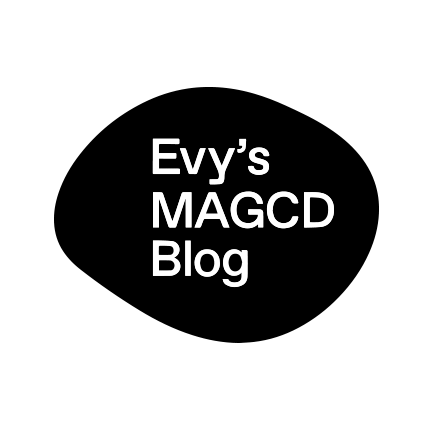Cataloguing and exploring local, visual dialects in the Oxford Covered Market through decontextualisation, using the hand-written sandwich boards as a starting point for the inquiry.
This week I started looking at collecting “unofficial” visual language, interpreting and reinterpreting places and people through graphic elements. Following the feedback from our first tutorial, I decided to explore the Oxford Covered Marking looking at gathering my findings to produce a collection of local dialects and visual vernacular.
Vernacular understood as – Dialect spoken by the ordinary people, “the regulars”, in a particular region. Domestic, functional, not learned or imposed, indigenous, natural and common.
Ground Rules
When coming back to the market for the next stage of my investigation, I set myself the following constrains:
- To only take monochrome images. Immediate, thorough and on the spot using my phone.
- To focus on collecting visual elements such as – type, patterns, shapes, and textures.
- To isolate and dissect the information for the purpose of analysing and questioning visual language.












Decontextualising
Part of the investigative process I wanted to dig in, was gathering photographic content and then decontextualising visual elements in a way these could be boiled down to their essential qualities. I initially experimented with inverting, posterising and cropping, as a way to really focus on the particulars of each image.
What I found most interesting thought this process, was to discover little details and hidden meanings that could be extracted from seemingly general shots. Elements such as the quality of line, contrast and texture became more obvious and more relevant in my investigation of the market.





Reflections
At this point I started to see a parallel between my digital interventions and analog cyanotypes, looking to capture details and shapes through a UV sensitive method, focused on creative negative images to shed light into a different way to see the world.
By focusing on the detail and decontextualising it, I was able to breakthrough my own cultural barriers and start to understand the way people use and interact with the market, and why it’s still standing in a age of globalisation, large food chains, and generous branding budgets.
Reflecting on British culture and its continous attachment to the vernacular, I could also see how vernacular visual language is always changing an adapting to new cultures and ideas. It remains flexible, not bound to systems, but dictated by customers, inhabitants and even temporary residents of an area.




Presentation and Feedback
In order to share my findings with the group, I created a series of concertina books, that would allow me to create direct and indirect relationships between a selection of decontextualised images.
The key ideas that where brought up during the tutorial are:
- The possibility to focus on a smaller site in order to be able to dig deeper and add more layers of information to my current research, maybe revisiting parts of my previous explorations with maps.
- Maybe focusing on a single theme, such as comparing vernacular language between different restaurants or coffee shops, or looking at food businesses across the market and building a collection based on this.
- Compiling and cataloguing visual elements in a more systematic way.
It was clear to me that in other to dig deeper, and be able to refine my method, I was going to have to focus on a smaller location. The key element that kept lingering in my head, was the importance of documenting the place in a way that it’s true to itself, exploring the collection of findings as a way to build a picture of the site.
